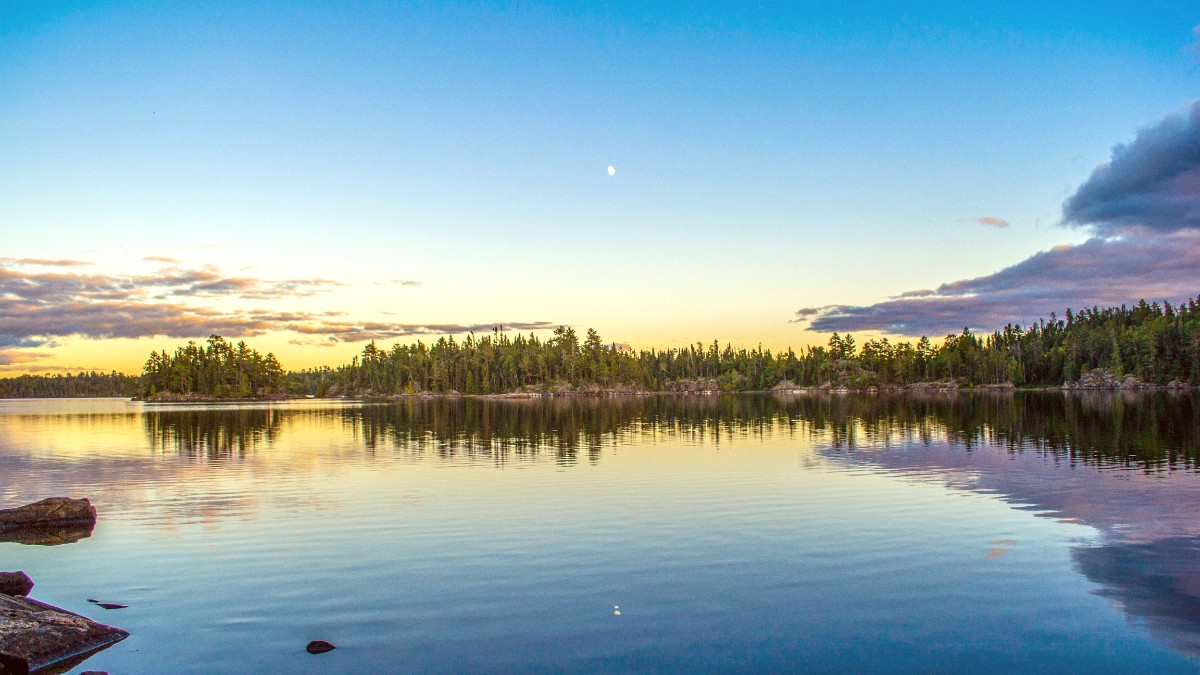
Minnesota, USA
This layer sits directly against your skin. Choose moisture-wicking materials like merino wool or synthetic performance fabric. This manages sweat, keeping you dry and warm. Long-sleeve options protect from sun and insects.
Spring/Fall: Bring warmer insulating layers, a wool hat, and Gloves or mittens. A warmer Sleeping bag is also important. Summer: Pack lightweight, quick-drying long-sleeved shirts and pants for sun and insect protection. Include a Swimsuit for swimming.
These are for wet landings from canoes and walking in camp. They must have good traction, drain quickly, and protect your toes. Options like KEEN Men's Newport H2 Sandal or similar quick-drying, protective sandals are popular.
Only bring traditional heavy hiking boots if extensive hiking on land trails Outside the BWCAW is planned. They are not generally practical for most portages within the wilderness.
Pack multiple pairs of wool or synthetic socks. These prevent blisters, manage moisture, and warmth even when damp.
Keep these items in a waterproof, secure location. Carry your BWCAW permit and fishing license (if applicable) at all times.
While the BWCAW is a place to unplug, some technology aids safety and convenience. Plan for how to power devices, as electricity is not available within the wilderness.
Ensure your camera gear and power needs align with wilderness conditions.
Digital copies of permits, passport, and other important documents in a cloud service.
Backup on an external drive. This guards against lost physical copies.
Download maps for offline use before leaving Wi-Fi zones. Consider Airalo for eSIM international connectivity.
A comprehensive kit belongs on your equipment list. It addresses common wilderness injuries and illnesses.
Manage minor injuries and illnesses yourself. These items contribute to comfort and readiness.
Your BWCAW trip centers around canoeing, so specific gear for this activity is important. Outfitters offer many items for rent.
Essential gear for setting up camp in the wilderness. Comfort and safety align with proper choices.
Camp cooking and food storage considerations are fundamental for a smooth wilderness trip.
Beyond the core gear, several items significantly affect your comfort, safety, and overall experience in the Boundary Waters.
These additional items contribute to a smoother and safer wilderness experience.
For wildlife viewing. The Nikon Monarch M5 10x42 Binoculars offer good magnification.
Small, lightweight foam pads or inflatable chairs offer surprising comfort at camp.
Waterproof matches, a lighter, or a fire steel. For starting campfires.
Camp soap/hand sanitizer. Small shovel/trowel for catholes. Pack out all toilet paper.
Practice packing your gear into your canoe packs before your trip. This organization and balancing the load makes portages easier.
Always keep a dry set of clothes in a separate dry bag for comfort and safety.